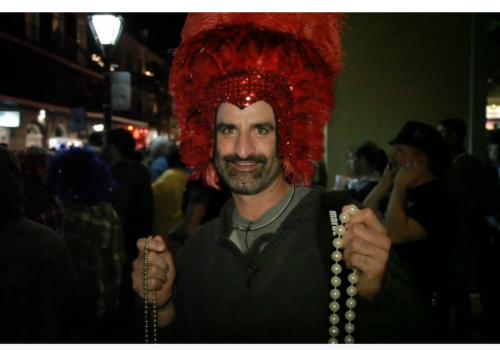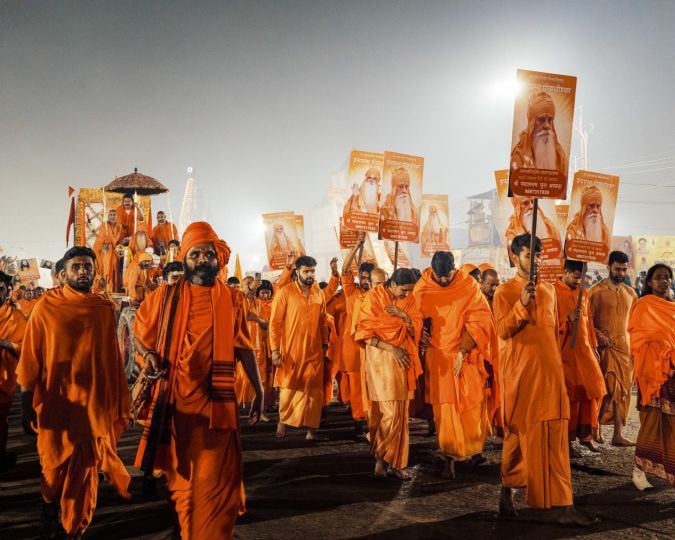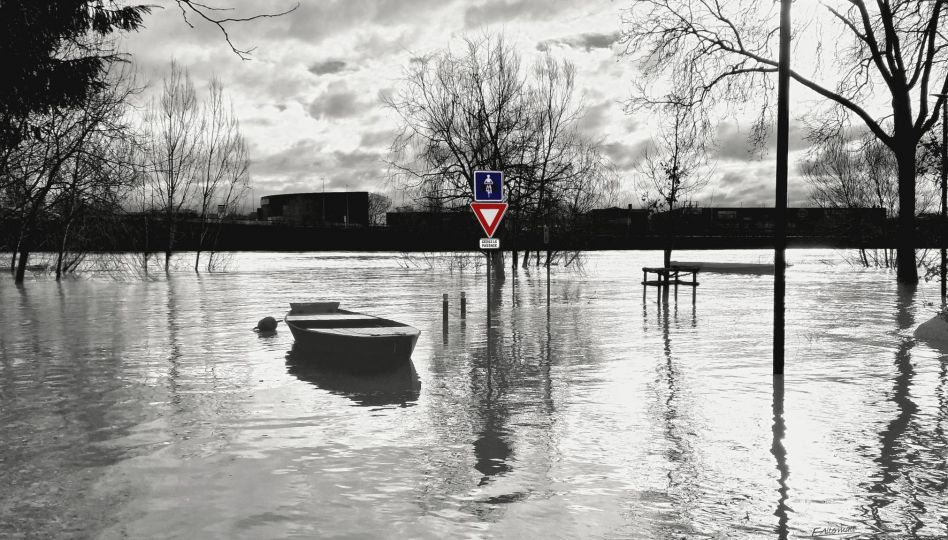Your brother decides to take a nice family portrait. You look at the camera, smile on your lips, arm on your mother’s shoulders. Your brother studies the frame, struggles to bring the camera into focus. He wants to take the perfect picture. You won’t be able to hold your pose much longer. You might as well have just stood there, but in pictures you have to pose, as unnatural as it may look.
Dean Fleischer Camp, an American artist and filmmaker, makes fun of this in a video he posted online entitled “Smile.” The premise is simple: he makes someone believe their picture is being taken but instead he films them. The result is a two-minute video with one person after the other staring ahead with stiff smiles, striking the least spontaneous of poses.
The video exposes the theatricality of the mundane events of everyday life. The memory cannot choose to recall a particular moment, but a photograph can. The person who took this picture chose to preserve a trace of a moment and the image of it will allow that moment to be stored away. In some ways, we can see by what is photographed what the individual considers important. French sociologist Pierre Bourdieu, who worked on the use of the photograph, spoke of it as, “a means to perpetuate and solemnize these culminating moments of social life when the group reaffirms its unity.”
With this in mind, we can look once again at the video of the young man with his “solemn” look, wearing red feathers on his head and holding two bead necklaces, and we may come away with a very different reading.
















